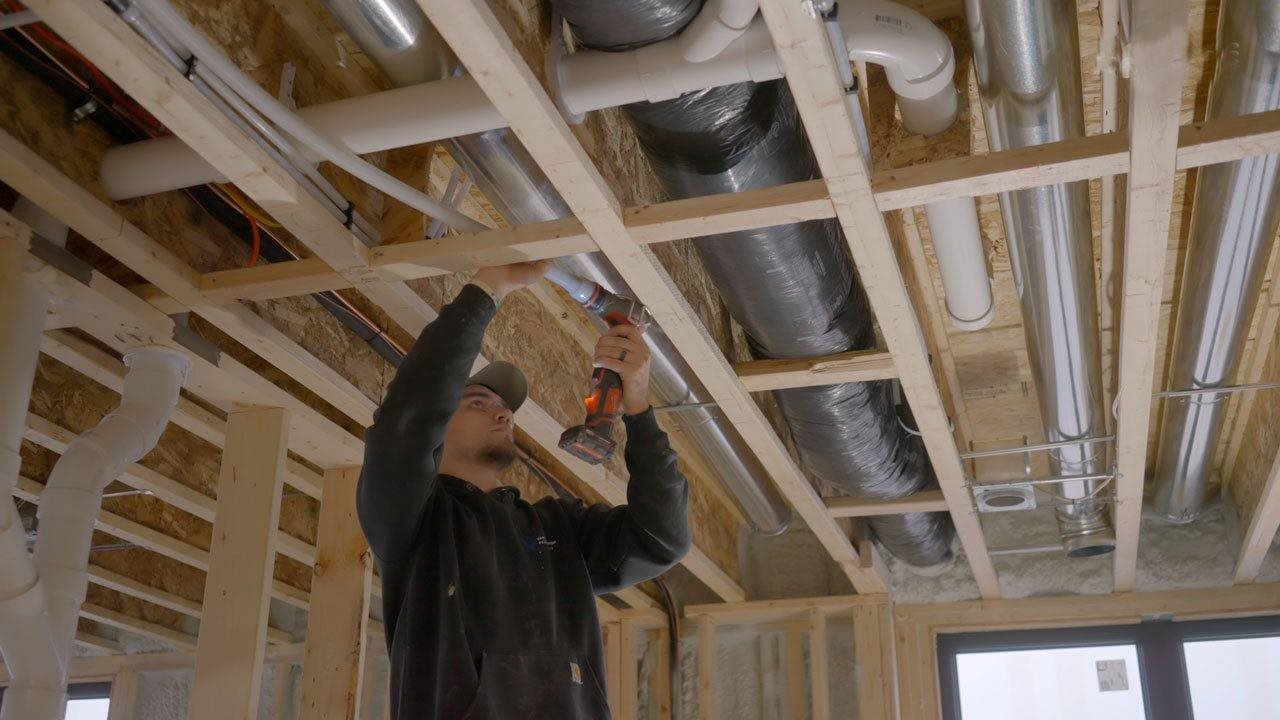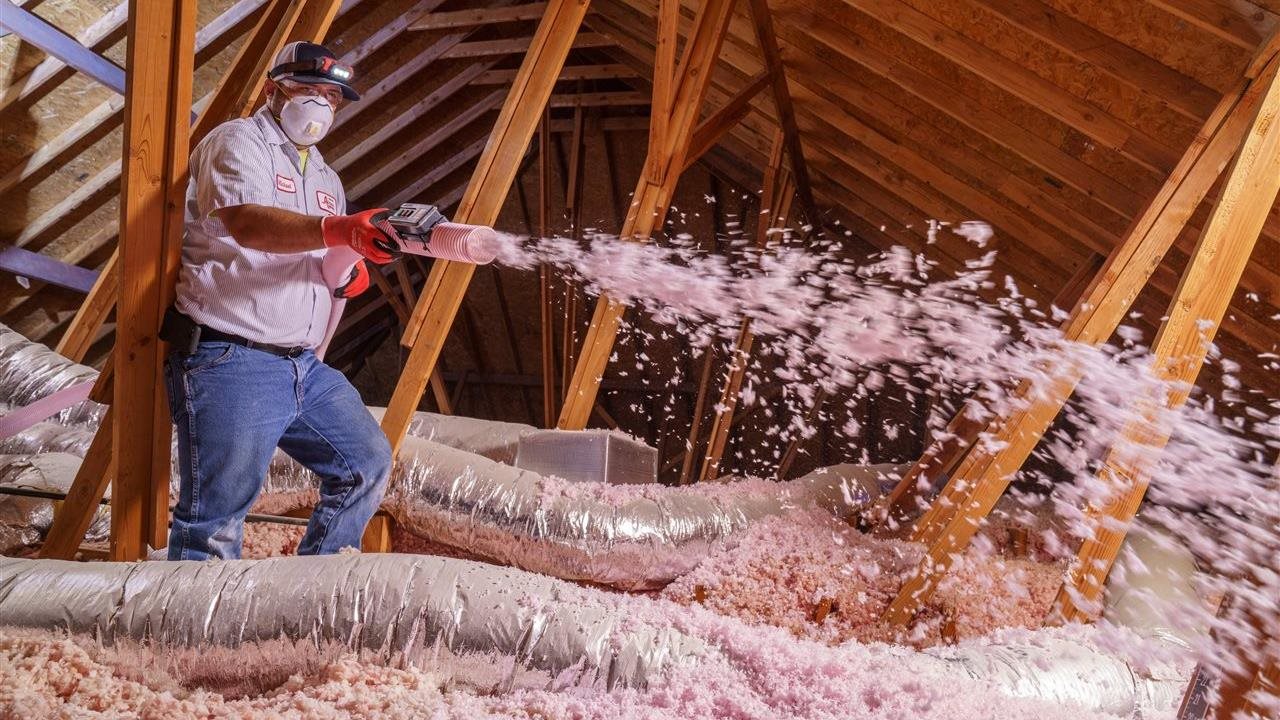2024-07-29T07:01:00
(BPT) – Design is a major component for any home renovation. Introducing mixed metals into the kitchen and bath is one of the latest design trends that should be considered when thinking through that next project. The eclectic aesthetic behind the mixed metal trend is popular across the design world and it only takes a few different types of materials, finishes and personality to get the job done. See below for ideas and easy ways to bring it all together, all while keeping budget in mind.
Where to look for inspiration
No matter the interior style you’re trying to go for, getting inspired by the world around you or getting acquainted with what’s trending in the interior decor space (via home/lifestyle magazines or vlogs) are good places to start.
Maris Park Borris, Color Material & Finish (CMF) designer at Delta Faucet Company, says inspiration can strike from a variety of ways and reminds homeowners, “Regardless of style or design intent, I think we can all find inspiration from different times or places in our lives. From your past, present or future, to online or even nature sources. People pick up on things that are meaningful to them!” Park Borris says.
By reading up and taking inspiration from others and trends happening within the design space, you’ll start to notice general themes that are frequently incorporated, including the mixed metal trend. A little dedication and creativity are all that’s needed. To start, pick two or three contrasting metals with different tones to implement character and depth into the space, while selecting one of those as the cohesive thread across all. This will not only keep guests’ eyes entertained, but it’ll also give you the opportunity to introduce different textures and finishes for an elevated look.
That’s so metal
Mixing metals is a simple way to give spaces a unique touch. Metals like steel and copper offer a shinier, flashy aesthetic in the home while chromes and nickels give off a more polished, sophisticated look. Once the most prominent metal is identified for the space, complement it with either warmer metals like brass, gold and nickel or cooler ones like chrome and silver. Keep in mind that metal choices and combinations are all just a matter of the homeowner’s taste and preference in the end.
Pro tip — avoid using metals that look too much like one another so that the result doesn’t look like a mistaken matching effort. Spaces and journeys within the home are also important to consider. Keep an eye on how one finish can mix and translate to the next room. This will create new experiences and an enjoyable walkthrough for your guests.
Complement metals via beautiful, affordable fixtures
When renovating kitchen and bath spaces with the mixed metal look in mind, selecting beautifully designed fixtures is a simple start to get the trend in motion. This year, Peerless® Faucet launched its all-new Ezra™ Kitchen and Bath Collections — all with an array of unique finish options to choose from. Designed with sharp lines, soft curves and functional features, these collections deliver long-lasting performance while uplifting any space.
In the kitchen, the Ezra Collection is available in Chrome, Stainless Steel and Matte Black finishes — all can be easily paired with everyday decorative pieces one may already have on-hand. For example, try accessorizing around the faucet with soap dispensers, cabinetry handles, lifestyle pieces or even other appliances — pairing the finish with a contrasting metal.
“You don’t have to spend a lot of money to achieve the mixed metal look,” said Borris. “Identify where metal is already being used in your home. It’s shocking to find that many decor pieces in one’s home already come with a metallic finish that can be accessorized. There are endless inexpensive ways to bring some different hued metals into the home!”
Apply it to your space
Mixing metals into a home renovation project is sure to turn heads. Think through design plans, brainstorm metal selections and put it all together — it’s as simple as that! With endless finishes, accessories and combinations, one’s imagination is the limit when it comes to beautifying a space. Remember, there are only a few key notes to keep top of mind when implementing this trend:
- Remember to pick two or more metals that are distinct from one another — perhaps picking one with a cooler tone and one that is warmer.
- Designate one metal for more prominent use and use the others as accents.
- Leverage fixtures and products that automatically provide a specific tonal look to complement the space.










